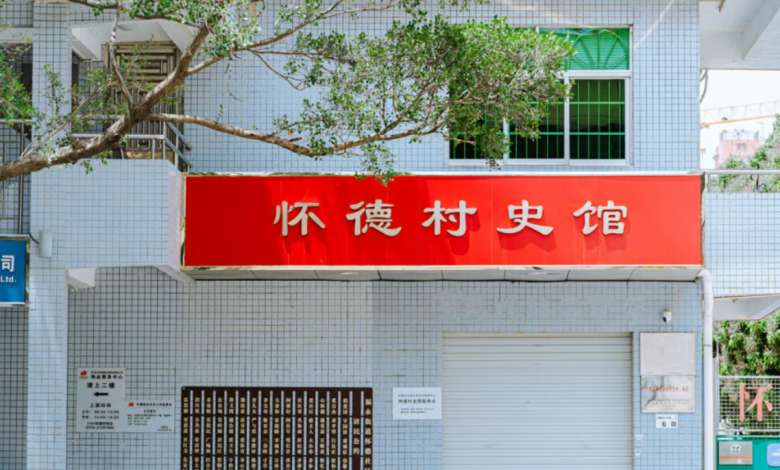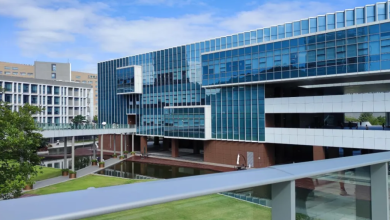
Shenzhen’s Hidden Billionaire Village: The Quiet Fortune of Huaide
In the booming city of Shenzhen, known for skyscrapers and tech unicorns, lies an unexpected symbol of quiet wealth: Huaide Village. Unlike flashy urban legends like Huanggang or Dachong, Huaide stays low-key—yet it might just be the richest urban village in the city. Every year, hundreds of its villagers quietly enjoy dividends worth hundreds of thousands of yuan, with the 2023 payout reportedly reaching ¥47 million for just 801 residents—an average of ¥470,000 per person.
This isn’t mere rumor. Even back in 2017, Huaide’s village-run enterprises boasted assets worth over ¥5 billion, generating nearly ¥500 million in annual profits. Local reports confirmed per capita dividends exceeding ¥300,000 that year.
So, what makes Huaide so special? It almost looks like shenzhen universiade sports centre

For starters, it’s highly visible—if you know what to look for. Exit Shenzhen Metro Line 12 at Huaide Station, and you’ll find buildings everywhere bearing the village’s name: Huaide Plaza, Huaide International Building, Huaide City Garden. From industrial parks to malls and hotels, much of what bears the “Huaide” name is, in fact, owned by the village.
Check: Shenzhen Metro Tops National Rankings in February for Operational Intensity
The village operates like a corporation. Huaide’s shareholding company runs subsidiaries across property leasing, real estate, asset management, and capital investment. It owns commercial giants like the Hilton Garden Inn, Sheraton Four Points, and the upcoming MixC Mall—one of Shenzhen’s most anticipated developments. It even holds a 6.15% stake in the Shenzhen Rural Commercial Bank.
But perhaps the most legendary move was the village’s decision in the late ’80s not to spend its land compensation payouts from the airport project, but to invest. That early foresight created industrial parks that laid the foundation for a long-term growth engine.
Unlike other urban villages that embraced chaos during the housing boom—building illegal “handshake” buildings—Huaide imposed strict rules against self-demolition and haphazard construction. Instead, it offered planned housing replacements and launched a long-term redevelopment strategy with low density and community focus. As a result, the old village area still retains open parking lots and two- to three-story buildings—a rarity in hyper-dense Shenzhen.
Even more unique, Huaide created its own real estate development company—something no other village had done at the time. Projects like Huaide Gongyuan and Huaide Fengjing were fully funded and developed by the village itself. Their combined value exceeds billions of yuan.
The village also invested in people. Since 2008, it began hiring professional managers, limiting native villagers to less than 5% of subsidiary staff. Today, it has more than 170 career professionals, including engineers, urban planners, and investment experts.
The numbers speak volumes: in 1988, Huaide’s total assets were ¥3.25 million. In 2024, they surpassed ¥11.9 billion—an astonishing 3,672-fold increase in just 36 years.
Despite all the wealth, Huaide remains understated. There are no grand archways or gold-plated gates—just well-preserved ancestral halls and neat, quiet streets. No boastful architecture, just results.
While many villages cashed out and faded, Huaide chose to build. Through planning, discipline, and long-term thinking, it became a financial powerhouse—not by chance, but by choice.
In Shenzhen, where land is the ultimate currency, Huaide proves that fortune favors the wise—and that real wealth often whispers.





